Introduction
Creating your own fishing lures can be a rewarding and cost-effective way to ensure you always have the perfect bait for your next fishing trip. One of the most effective and popular types of lures is the spinner lure, which mimics the movement of small fish and attracts predatory species like bass, trout, and pike. Here’s a comprehensive guide on how to make your own spinner lure from scratch.
Materials Needed
1. Wire: Brass or steel wire, about 24 gauge, for the body.
2. Spinning Blade: Can be purchased online or at a fishing tackle shop. Colorado blades are commonly used.
3. Beads: Small beads for adding weight and color to the lure.
4. Hook: Treble hooks are commonly used, but single hooks work as well.
5. Pliers: Needle-nose pliers for bending wire and attaching components.
6. Cutters: Wire cutters for trimming excess wire.
7. Drill: For creating holes in the beads if necessary.
8. Epoxy (optional): To secure components if extra durability is needed.
9. Sandpaper: For smoothing any rough edges.
Step-by-Step Instructions

Step 1: Take a spinner wire from our kit. (2mage 1)
Step 2: Secure the wire with a vise or plier (Image 2)
Step 3: Bend the short end down, making it vertical to the long end. Then twist the short end around the long end to make a loop. (Image 3.a and 3.b)

Step 4: Put on clevis and blade (Image 4)
Step 5: Add beads and spacer. (Image 5)
Beads will help the blade spin more smoothly.
Step 6: Bend the other end of the wire and put on the treble hook.
Make a loop to secure the hook. (Image 6)

Tips for Using Spinner Lure
Using a spinner lure effectively can significantly increase your chances of catching fish. Here are some tips to help you use a spinner lure successfully:
1. Choose the Right Spinner Lure
• Size and Weight: Match the size and weight of the spinner to the type of fish you're targeting. Larger fish like pike or muskie will require heavier lures, while smaller panfish or trout may prefer lighter lures.
• Color: Bright colors like chartreuse, silver, and gold tend to work well in clear water, while darker hues like black, blue, and purple can be more effective in murky water.
2. Casting Technique
• Distance: Cast the spinner lure to where the fish are likely to be. This could be near structures like rocks, logs, weeds, or drop-offs.
• Accuracy: Try to cast the lure as close to the target area as possible to minimize the time it takes for the lure to reach the fish.
3. Retrieve Speed
• Steady Retrieve: A consistent retrieve speed is crucial. Too fast and the lure might not spin correctly; too slow and it won’t create enough vibration to attract fish.
• Varying Speed: Occasionally vary your retrieve speed. Fish might strike during a sudden change in speed.
4. Water Depth
• Adjust Depth: Use a depth finder if available to determine the fish’s location. Adjust your retrieve speed or use a sinker to get the lure to the desired depth.
• Vertical Jigs: For fishing at different depths, try vertical jigging with the spinner lure by letting it sink and then retrieving it back up.
5. Drift Techniques
• Let the Current Work for You: When fishing in rivers or streams, let the current carry the spinner lure downstream. This can make the lure more natural and enticing to fish.
• Drifting in Boats: If you’re in a boat, drift with the current while casting your spinner lure ahead of the boat and retrieving it back.
6. Adding Flash and Scent
• Additional Flash: Consider adding a trailer hook with a piece of flashy material like a spoon or a grub to enhance the lure’s attractiveness.
• Attractant Scent: Some anglers add scent to their spinners, especially when targeting species like catfish or freshwater drum.
7. Season and Conditions
• Spring and Fall: These are typically the best seasons for spinner lures as fish are more active and feeding aggressively.
• Clear vs. Murky Water: In clear water, natural colors and subdued presentations often work best. In murky water, brighter and more reflective lures tend to be more effective.
8. Combining with Other Techniques
• Jigging: Sometimes combining spinning with jigging can be effective, especially in deeper waters.
• Casting Near Structures: Casting near docks, fallen trees, and other structures can increase your chances of a strike.
9. Pay Attention to Strikes
• Feel for the Hit: Spinner lures can produce subtle bites. Be attuned to any slight changes in resistance or weight.
• Quick Response: Set the hook immediately when you feel a strike to avoid missing the fish.
10. Practice Patience and Persistence
• Experiment: Don’t be afraid to experiment with different sizes, colors, and techniques until you find what works best in your specific fishing environment.
• Stay Positive: Even experienced anglers have off days. Stay persistent and keep trying different approaches.
Conclusion
Making your own spinner lure is a fun and fulfilling DIY project that can enhance your fishing experience. With just a few materials and some patience, you can create custom lures tailored to your fishing style and preferences.

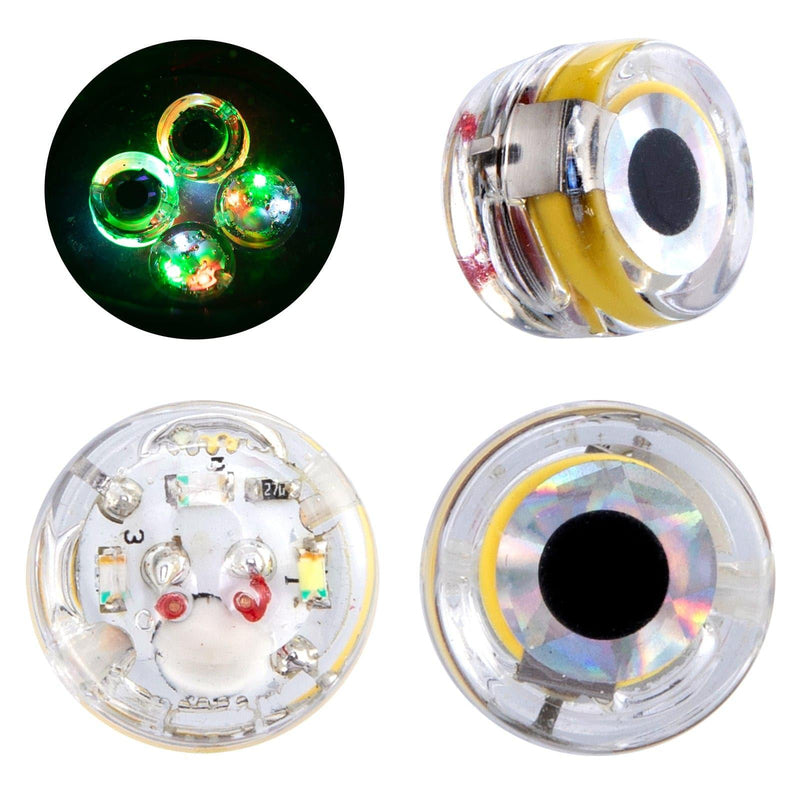
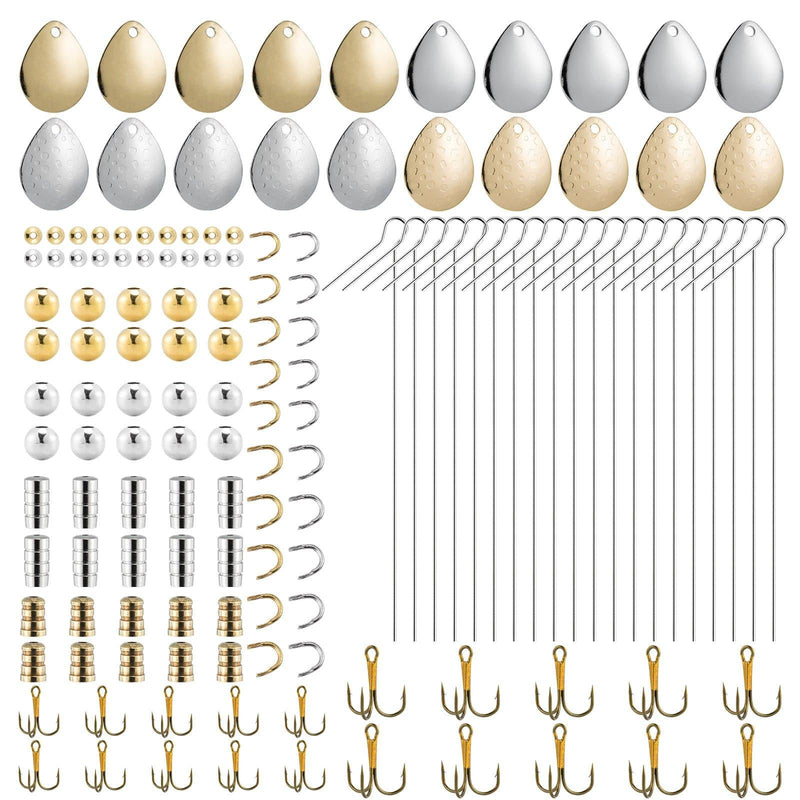
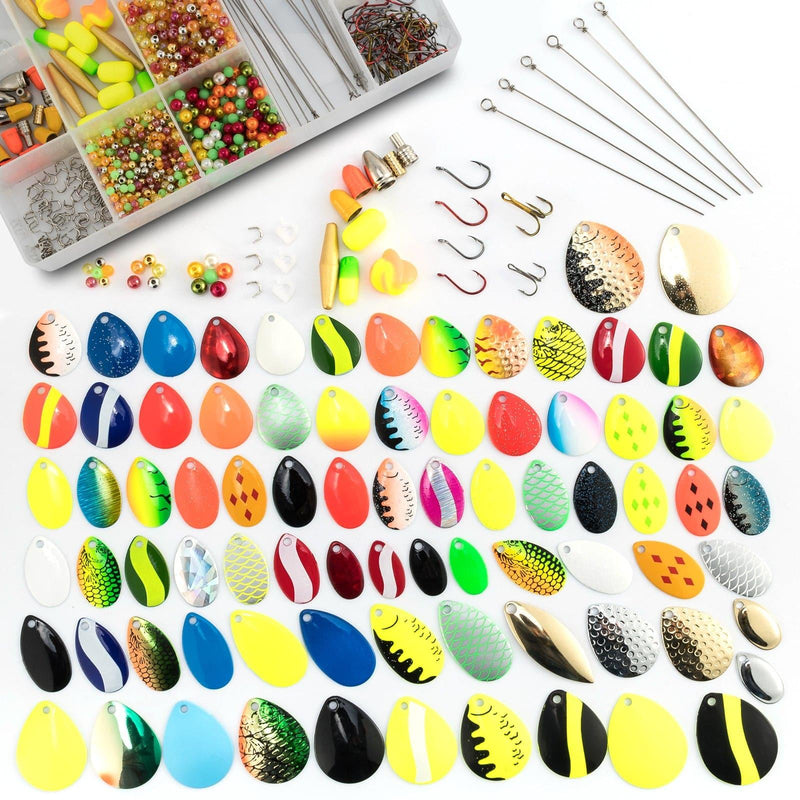
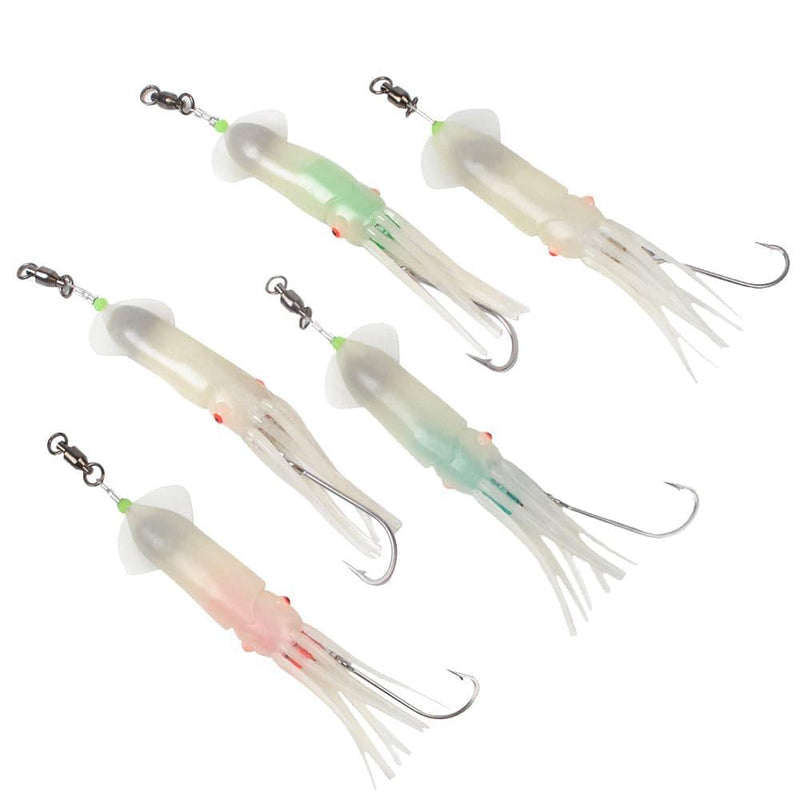
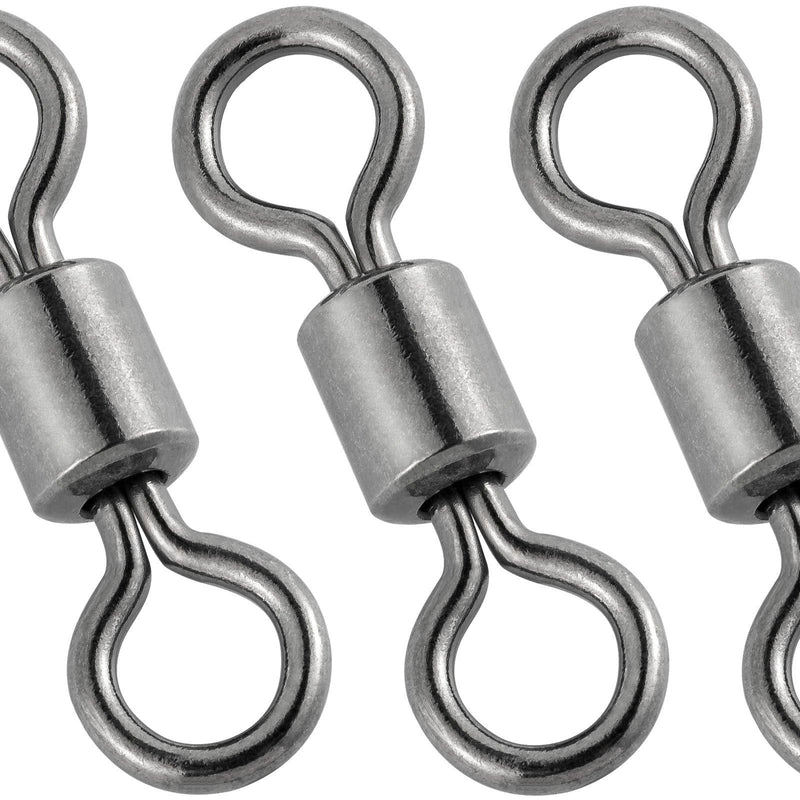
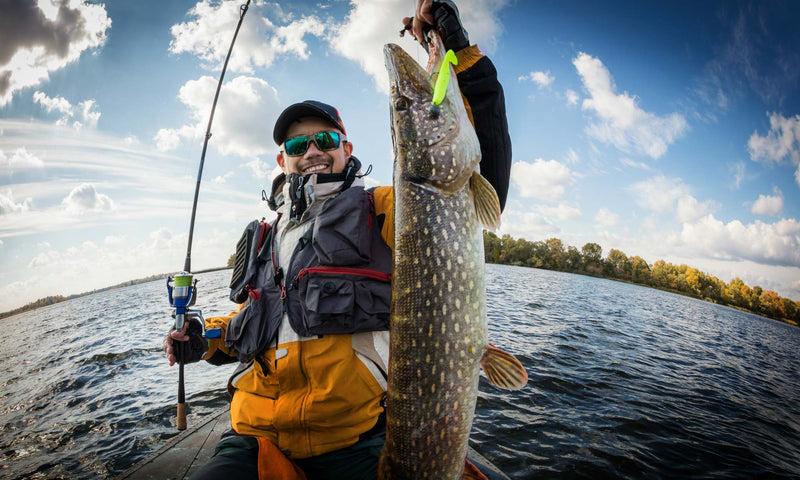
0 comments